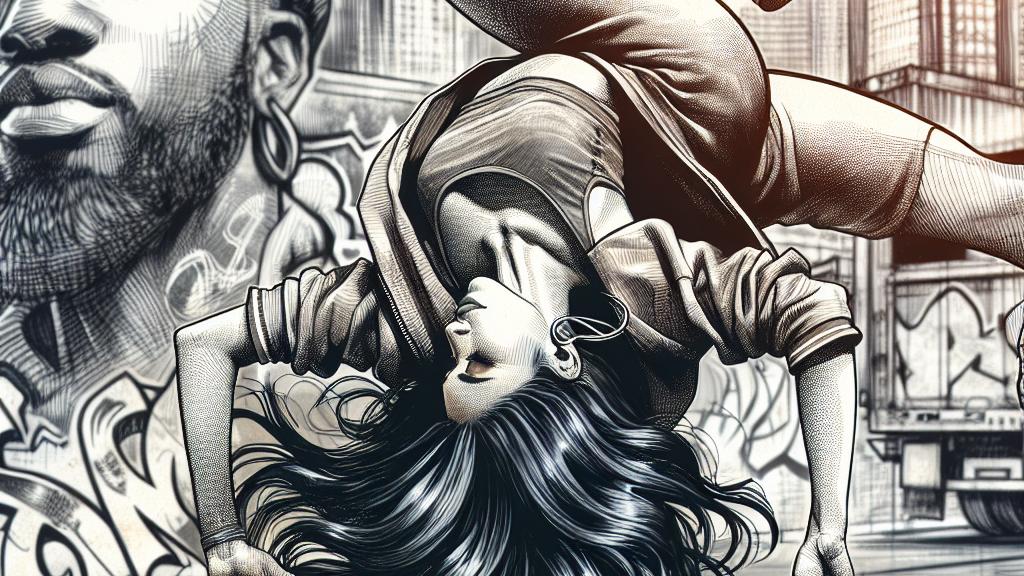Risks of Headspin in Breakdancers: The 'Headspin Hole' Phenomenon
Overview
- The 'headspin hole' condition poses significant risks for breakdancers, linked to the stress of headspins.
- Recent studies reveal alarming statistics: nearly 60% of dancers face scalp issues like hair loss and inflammation.
- By implementing protective gear and effective training methods, dancers can significantly reduce these health risks.

Understanding the Risks
The term 'headspin hole' has emerged predominantly from studies in Denmark, where medical experts have drawn alarming connections between the celebrated breakdancing move known as the headspin and severe scalp complications. During this acrobatic display, the dancer spins on their head, which, while dazzling to watch, puts intense pressure on the scalp. This continual friction, especially on a hard surface, can lead not only to hair loss but, in some cases, the development of tumors. Imagine a dedicated dancer performing effortlessly at a competition, their movements fluid and graceful, unaware that their passion is inflicting hidden damage. Thus, it becomes crucial to recognize how the sweet thrill of dance can be paired with hidden physical hazards.
Statistics and Case Studies
Recent research focusing on over 100 breakdancers unveiled troubling statistics: about 60.4% of those surveyed reported experiencing scalp damage directly associated with headspin techniques. Among these individuals, a striking 31.1% suffered from alarming hair loss, while 36.8% developed bumps or inflammation on their heads. Take, for instance, the compelling case of a male dancer in his early 30s who dedicated almost 20 years to mastering breakdancing. After experiencing persistent pain and discomfort, he sought medical attention, eventually undergoing surgery to remove a benign tumor caused by repetitive stress from years of practicing headspins. This story not only highlights the severe consequences of what many see as a graceful art form but serves as a critical warning for all in the dance community.
Preventative Strategies
To effectively counteract the risks associated with headspins, breakdancers must adopt comprehensive preventative strategies. First and foremost, wearing protective headgear, such as padded beanies, can cushion the impact of each spin, providing crucial support to the scalp. Furthermore, dancers should concentrate on developing their foundational skills—starting with balance exercises and strengthening their neck and shoulder muscles to prepare for the rigorous demands of headspins. For example, a beginner can start with basic neck-stabilizing movements before gradually transitioning to headspins while focusing on their technique. With the 2024 Olympics on the horizon, the balance between showcasing athletic prowess and maintaining health becomes more paramount. By taking these preventative steps, dancers can continue to thrive in their art while preserving their physical well-being.

Loading...